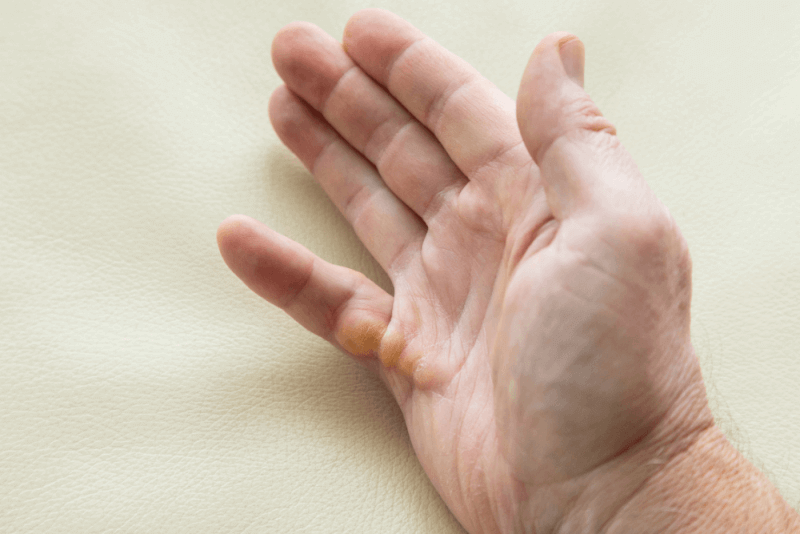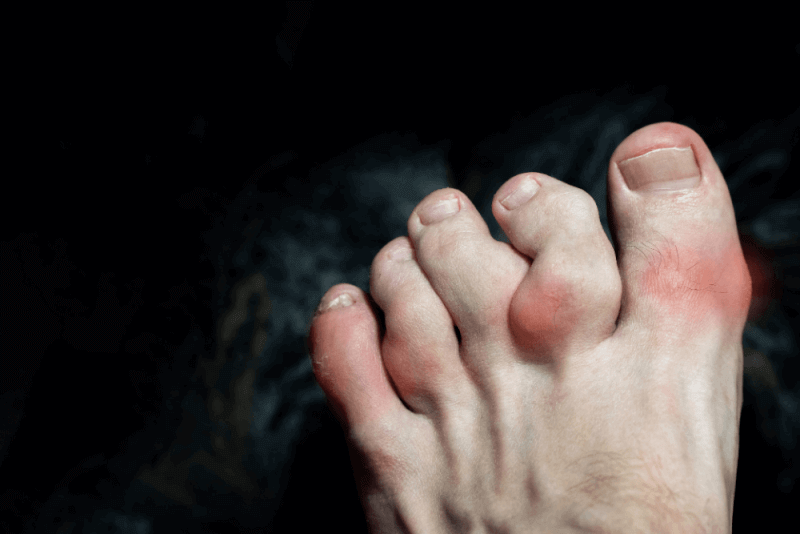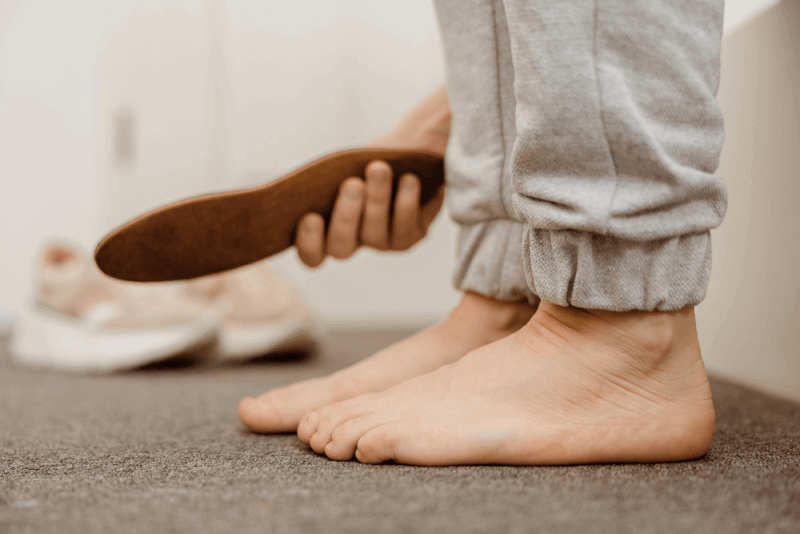30 Second Summary
- Dupuytren's contracture, a genetic disorder that causes one or more fingers to bend towards the palm, occurs due to thickening and tightening of the tissues beneath the fingers.
- The exact cause of Dupuytren's contracture is not fully understood by experts. However, a family history of Dupuytren's contracture increases the risk of developing it.
- Approximately 2 out of 10 patients experience a recurrence of the disease, so additional surgery may be required.
- Depending on the type of profession, up to 12 weeks of leave may be necessary after surgery. Wound care and following the doctor's recovery advice is important.
What is Dupuytren's Contracture?
Dupuytren's contracture is a genetic disorder that causes one or more fingers to bend towards the palm due to thickening and tightening of the tissues beneath the fingers. Thickening occurs due to the growth of small nodules in the hand's fascia. These nodules form in the band-like tissues that support the fingers. As these nodules grow, they form thick cords, causing the fingers to bend in a way that cannot be corrected.
The nodules causing Dupuytren's contracture are always benign. Therefore, it is never a sign or cause of cancer. Surgery may be necessary, but in many cases, conservative treatments are applied.
Causes of Dupuytren's Contracture
The exact cause of Dupuytren's contracture is not fully understood by experts. However, a family history of Dupuytren's contracture increases the risk of developing it, which is why it is considered a hereditary disease. Additionally, it is more likely to occur in men.
Symptoms of Dupuytren's Contracture
Dupuytren's contracture develops over time, so there may be no symptoms at first. The symptoms typically develop in the following order:
Nodules
Small lumps inside the palm are the first sign of the disease. They are usually seen at the point where the fingers meet the palm. These nodules can be felt or seen. In some cases, there are no symptoms beyond the nodules, and they may resolve on their own. The skin around the nodules may appear dimpled and wrinkled.
Cords
Over time, the nodules can turn into long tissue cords on the fascia. These cords may pull the fingers in, and it may feel as though the fingers are constantly being pulled towards the palm.
Contracture
The most advanced symptom of Dupuytren's contracture, giving the condition its name. Eventually, the cords become so tight and thick that the affected fingers cannot be straightened.
Unlike other conditions, there are no triggers that worsen the symptoms of Dupuytren's contracture. In some cases, not all stages of the disease are observed.
Additional Symptoms
In addition to the finger problems, the affected hand may also experience the following symptoms:
- Inflammation or swelling
- Pain
- Burning sensation
- Itching
These symptoms are rare and are seen in only a quarter of cases. If these symptoms occur, it is important to consult a doctor, as they could indicate other issues that might affect the fascia.
Diagnosis of Dupuytren's Contracture
Dupuytren's contracture is typically diagnosed through a physical examination. The positions of the hand and fingers are checked, and the nodules and cords beneath the skin are also examined to determine the severity of the condition.
There are no specific tests to diagnose Dupuytren's contracture. However, blood tests and X-rays may be requested if other issues affecting the hands are suspected.
Treatment Options for Dupuytren's Contracture
Treatment depends on the severity of the disease. Since Dupuytren's contracture develops slowly, the need for further treatment may take months or years to arise. Early treatment can lead to improvement, thus avoiding the need for other treatment options. If early symptoms return, some steps may need to be repeated.
Conservative Treatment
Conservative treatments for Dupuytren's contracture include the following:
- Physical therapy and stretching exercises
- Use of supports and splints to extend the fingers to their normal range of motion
- Ultrasonic or heat applications to increase fascia flexibility
- Corticosteroid injections to reduce nodules and cords
Radiation Therapy
Radiation therapy may be recommended to prevent the progression of symptoms. It is a painless procedure that involves managing the nodules or cords. Although radiation therapy is used in cancer treatment, Dupuytren's contracture is not cancerous and does not carry any cancer risk.
Needle Aponeurotomy
After several months of conservative treatment, if the symptoms persist, needle aponeurotomy may be recommended. This procedure is sometimes referred to as percutaneous needle fasciotomy. Needle aponeurotomy is an outpatient procedure.
In this procedure, the hand is locally anesthetized, and small holes are made in the hand's fascia using a needle to reduce tension and straighten the fingers.
Surgery for Dupuytren's Contracture
Surgery may be recommended if the disease significantly affects the quality of life. Dupuytren's contracture surgeries are outpatient procedures, so patients can go home the same day.
Methods of Dupuytren's Contracture Surgery
These operations, known as fasciectomy, are performed under local anesthesia. Afterward, part or all of the fascia may be removed. The amount removed depends on how thick the fascia has become. After surgery, physical therapy or occupational therapy may be required to restore hand strength.
Complications of Dupuytren's Contracture Surgery
After surgery, some degree of numbness or loss of sensation in the fingers is expected. This issue is temporary and improves as the compressed nerves are released. In very rare cases, damage to nearby nerves or blood vessels may permanently affect finger function, requiring amputation. Other complications include:
- Allergic reaction to anesthesia
- Infection
- Skin sensitivity
- Scarring
- Bruising
- Swelling
Benefits of Dupuytren's Contracture Surgery
This surgery helps the fingers regain their function. Removing the affected fascia allows the fingers to straighten. Some studies show that this surgery is more effective and provides longer-lasting results than needle aponeurotomy.
Life After Dupuytren's Contracture Surgery
Dupuytren's contracture does not completely heal after surgery. About 2 out of 10 patients experience a recurrence, which may require further surgery.
Dupuytren's Contracture Healing Process
After surgery, pain, swelling, and stiffness are expected. Tingling or numbness in the hands and fingers may also be felt, which can last for a few months. Depending on the profession, up to 12 weeks of leave may be necessary.
Wound care and recovery instructions provided by the doctor must be followed. General guidelines include:
- Apply ice compresses
- Keep the hand elevated
- Clean the wound with soap and water, and cover with a bandage
- Keep the hand and stitches dry while showering
- Physical therapy and home exercises may be required
- Regular use of antibiotics and painkillers is necessary
- Wear a splint for 12 weeks
Risk Factors for Dupuytren's Contracture
Risk factors that increase the likelihood of Dupuytren's contracture include:
- It is most commonly seen in people over the age of 50
- It occurs more frequently in men
- It is more common in individuals of Northern European descent
- A family history of Dupuytren's contracture increases the risk
- People who use vibrating tools are at risk
- Diabetes
- Tobacco and alcohol use







